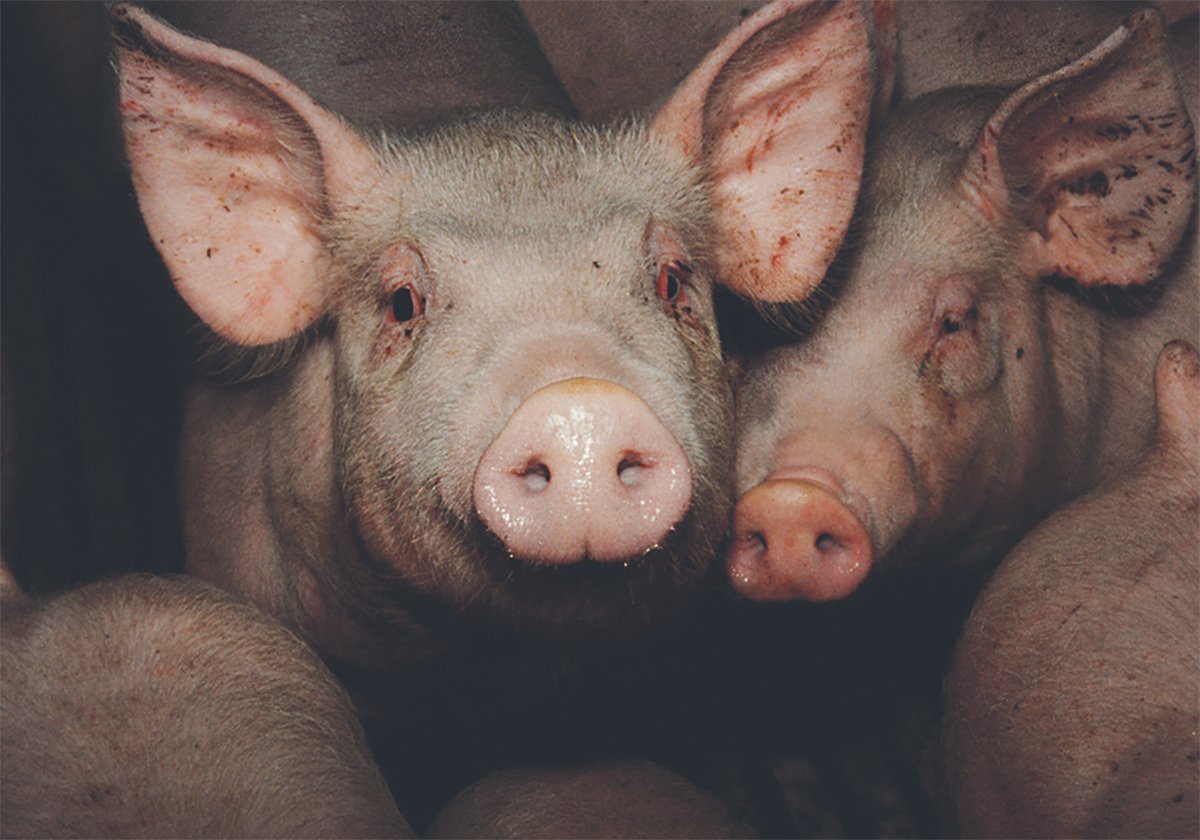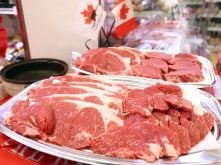Canadians need to take control of their beef processing capabilities or face another economic calamity the next time a trade war or foreign animal disease closes borders, say some Alberta producers.
“We need to have that capacity for the slaughter processing or we will be back in this boat every time the Americans or other countries decide they want to disrupt trade,” said Dave Price.
His family owns Sunterra Farms, which has high end grocers in Calgary and Edmonton as well as lamb and hog processors in central Alberta and hog and beef finishing operations serving the international market.
Read Also

The Western Producer Livestock Report – October 30, 2025
Western Producer Livestock Report for October 30, 2025. See U.S. & Canadian hog prices, Canadian bison & lamb market data and sales insights.
“Without additional slaughter capacity the industry here is going to be held hostage to whatever trade actions and disruptions,” he said.
Working with 39 investors, Sunterra is proposing a $30 million federally inspected, privately owned company within the Calgary city limits that will process up to 4,000 head per week by early next year, he said. The plan calls for up to 250 jobs.
Price warns that even the most experienced in the meat business always have plenty to learn as they work through the process of buying land, obtaining municipal approvals and permits and gathering investment. Building the facility is the easy part.
There is room for more processing plants in Western Canada, particularly those addressing specific value-added opportunities, he said.
“We certainly need investment in the packer-processor sector to forward the beef industry in Canada. Anyone that is able to make a good assessment and investment, we encourage them to do that.”
Sunterra plans to handle young animals for its own chain of grocery stores as well as custom work for branded beef programs. It wants flexibility to be able to respond to market opportunities as opposed to producing commodity beef.
While some provinces are hoping for an expanded public role, Price argued government should not be investing in plants. Instead, government can help facilitate investment and support business ideas from farmers and ranchers.
Drawing on producer investment is the plan of Rangeland Beef Processors. It plans to reopen a mature animal plant in Salmon Arm, B.C., later this year.
It plans to sell the meat to the processing sector in British Columbia’s Lower Mainland, which typically imports offshore lean beef, said Judy Fenton of Irma, Alta.
The idea started last August when producers like Fenton realized they had no place for their mature animals when BSE closed international markets.
“We’re a pretty complacent bunch. Before BSE we were averaging $1,800 on our cull bulls. They went to the States and we were paid good money so we didn’t worry about what the end product was,” Fenton said. “Maybe that complacency is gone.”
The Salmon Arm plant was mothballed several years ago and when ranchers started looking for a facility last August, it seemed made to order. It has heavy rails for mature cows and bulls, processing machinery and refrigeration. The plan is to process 250-300 animals per day.
“Right now, we’re just looking at (cattle) over 30 months. Down the road it is whatever is needed to keep the plant busy and functioning,” Fenton said.
Most of the investors are producers who bought nearly all the 300 shares offered at $5,000 each in the privately held company. Outside expertise has been hired to handle the processing side.
They found start up has taken longer than expected as they gathered money and completed paperwork.
“There’s a lot of hurry up and wait,” she said.
Other farmer investor groups have turned to people like Chick Hurst of Calgary, a co-operative developer.
His company, Cooptions Consulting, is working with two groups in the Peace River district of northern Alberta to build two plants, possibly at Fort Assiniboine and another undecided location.
He calculates construction costs would be more than $1.5 million per plant. Those involved hope to raise 30 percent of investment by selling shares to farmers. The Fort Assiniboine proposal is for $150 per share and producers must be committed to sending animals to the plant for a possible opening in November.
Preliminary sketches propose modular facilities with one line for cattle and another for other species such as bison. It could employ 30-45 people.
Financial plans are still on the drawing board, but Hurst is working with interested investors on feasibility studies, possible government grant money as well as talking with local credit unions.
The plants would be federally inspected and offer BSE testing on all animals as a market niche opportunity.















